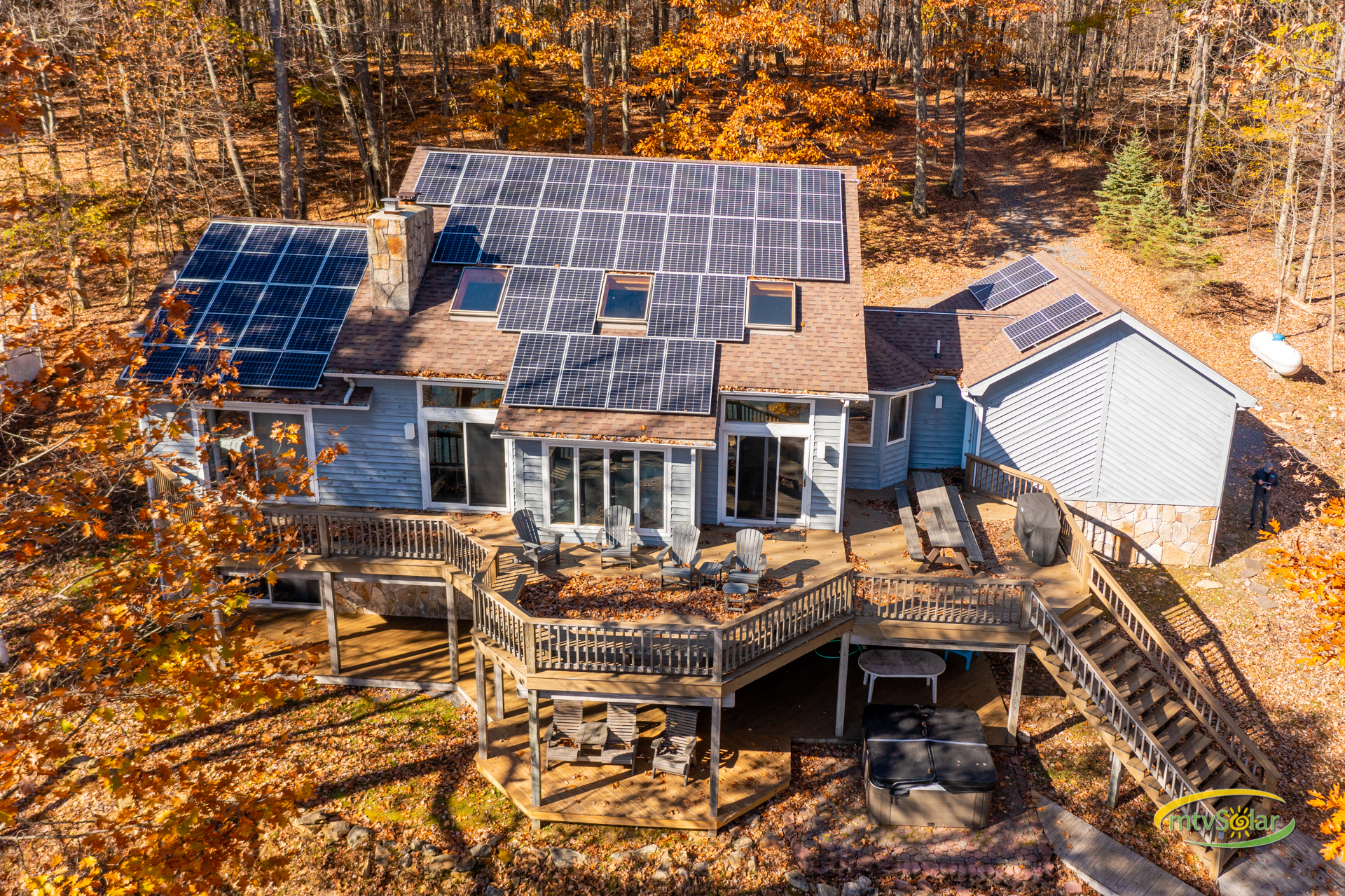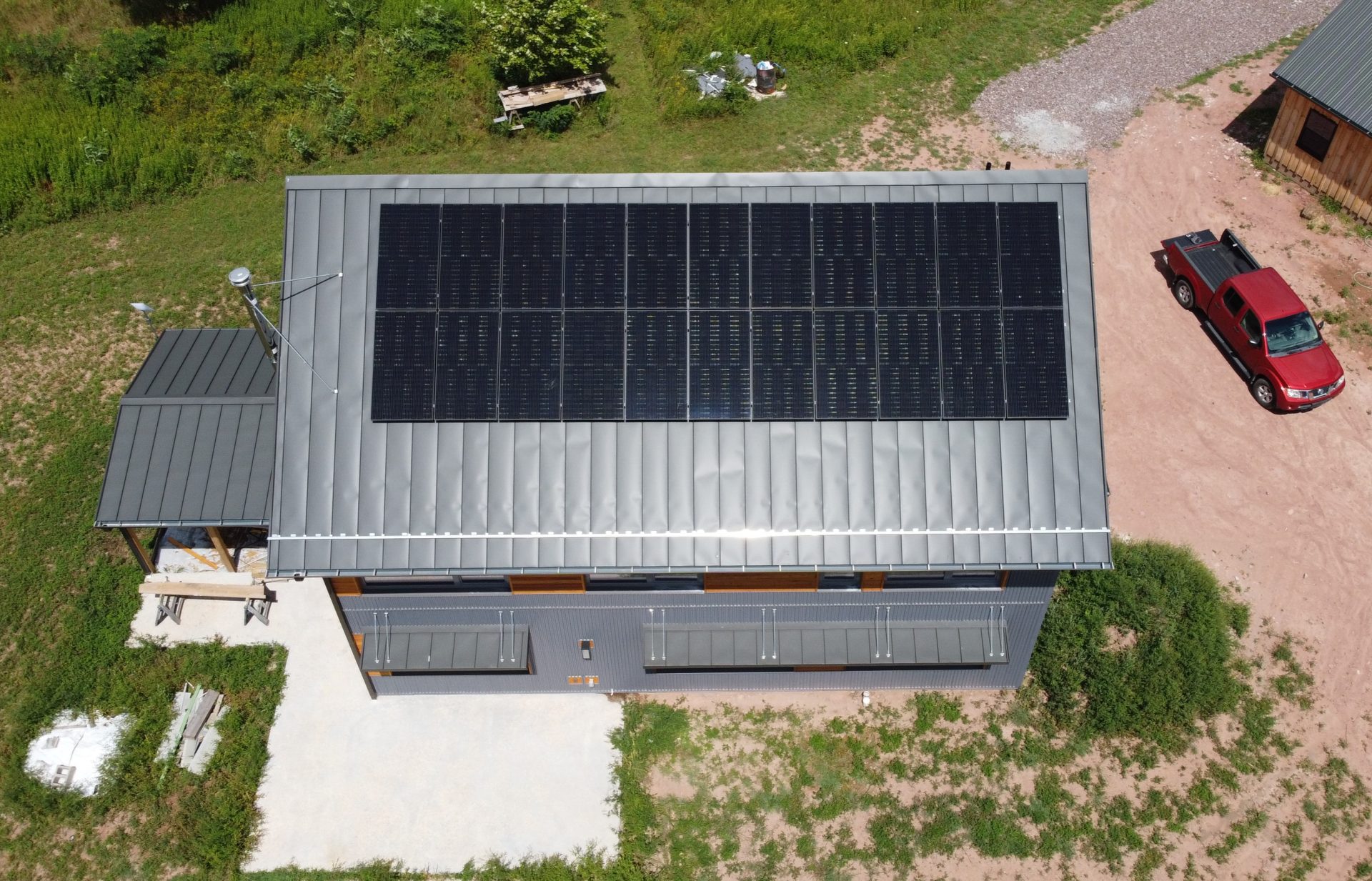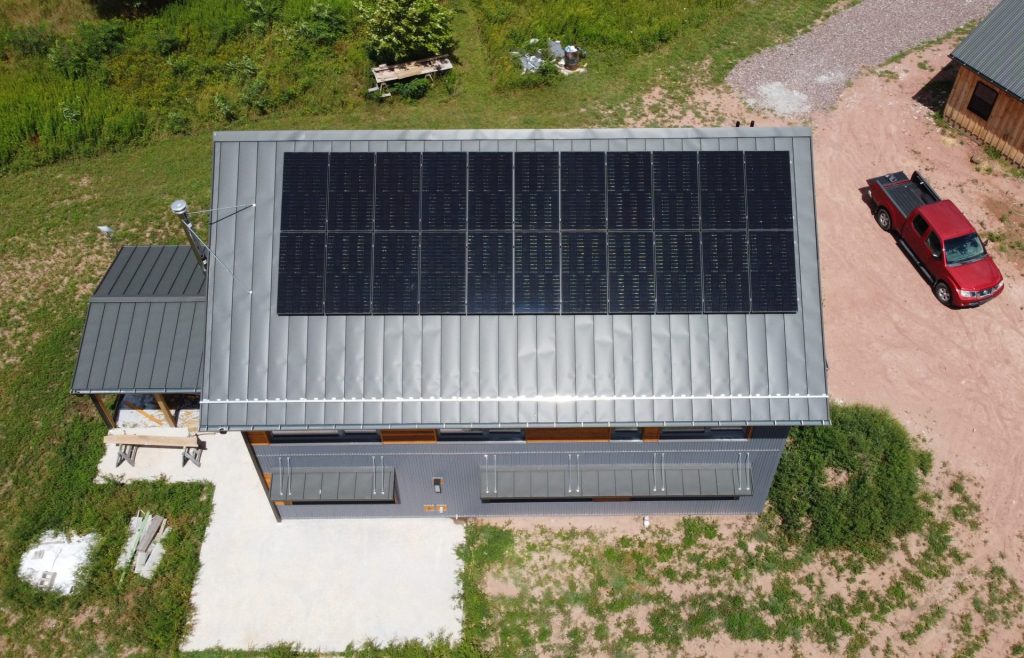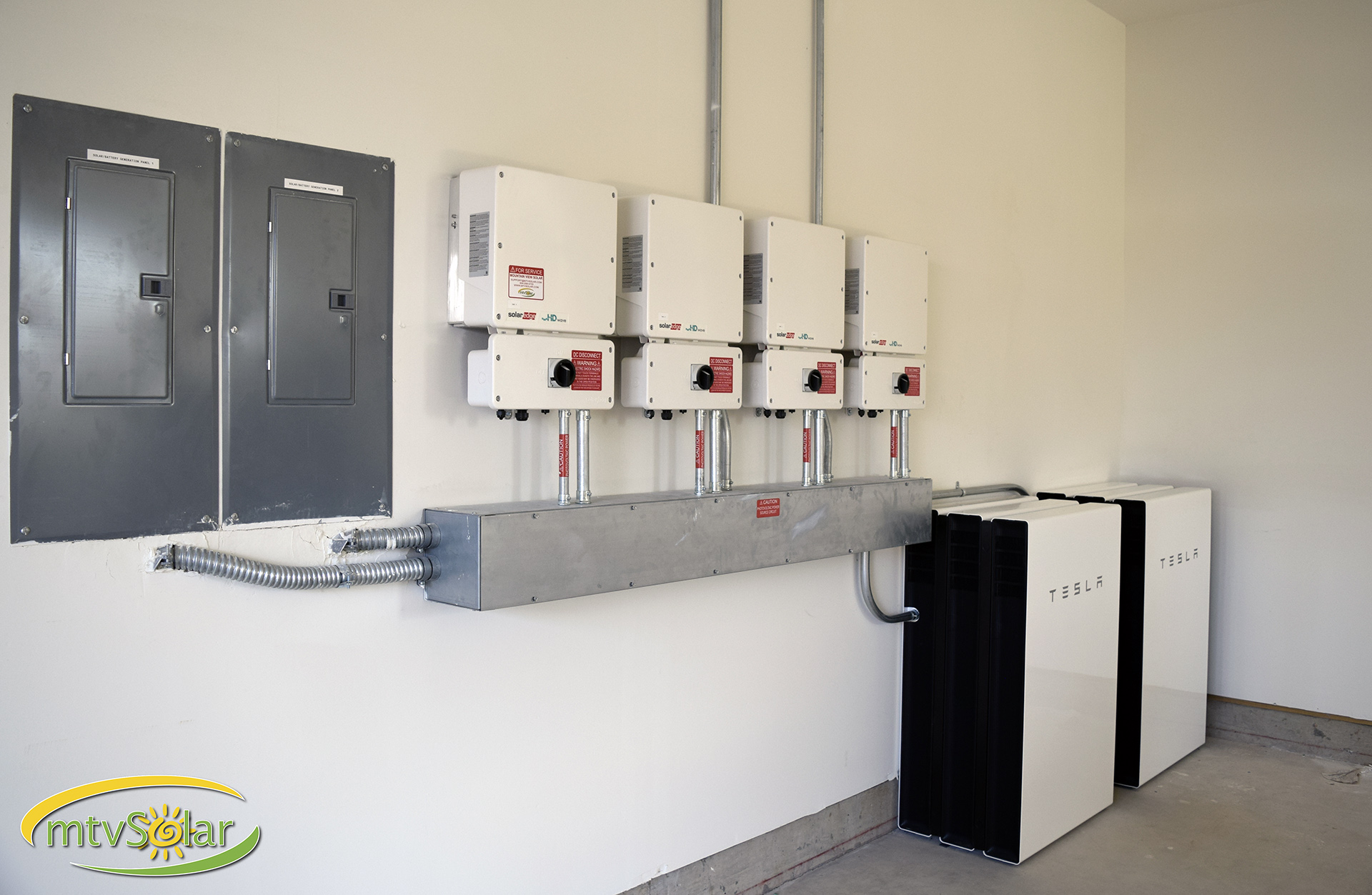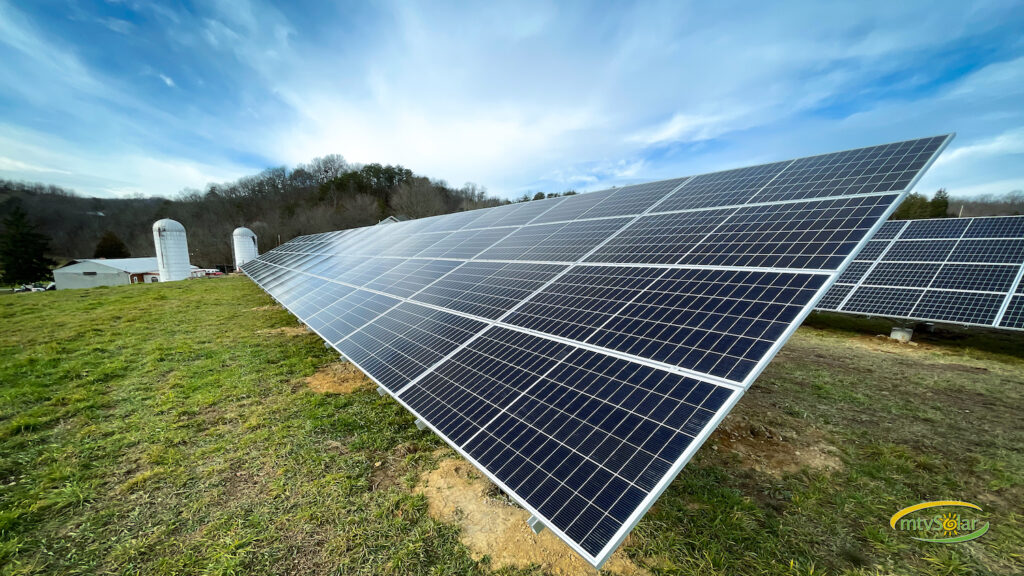Solar technology has evolved and advanced since mtvSolar got into the renewable energy business in 2009. There are new components emerging all the time — inverters, optimizers, panels, batteries, mounting hardware and more. Does that mean the solar generating system that’s been on your roof, faithfully sending power to your home, is outdated? Most likely it’s not.
While panel efficiency has improved some over the years, a solar PV panel that’s been collecting rays on your roof for 10 years is probably doing its job just fine, and will continue to for another 15 or more years.
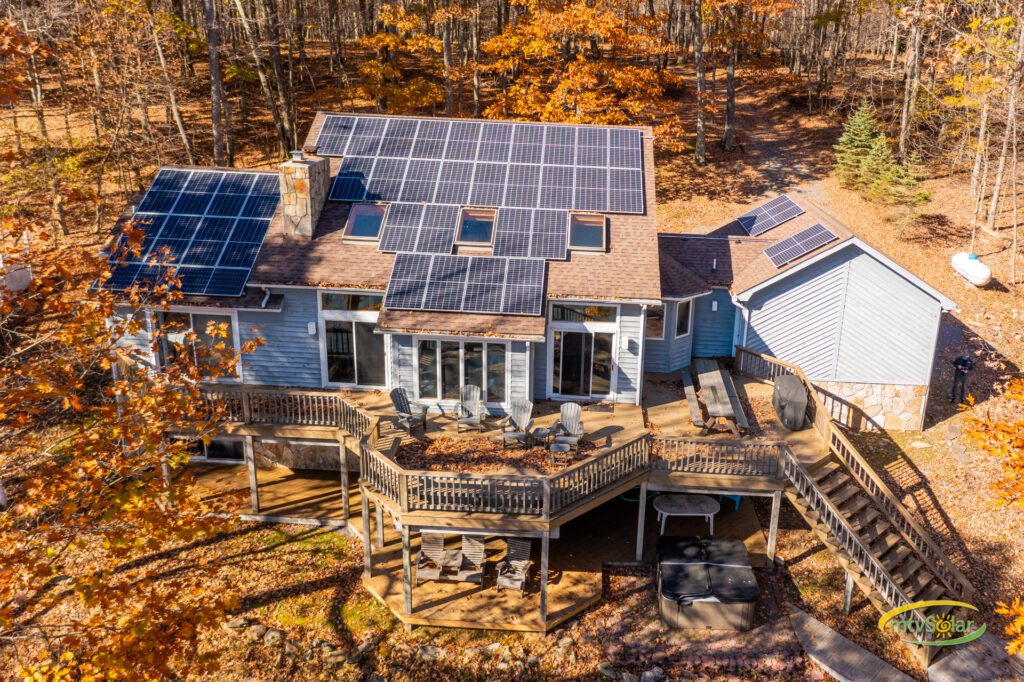
In a recent informational article, the U.S. Department of Energy’s Solar Energy Technologies Office tells solar system owners to expect a long life for their panels: “While the average system’s power output diminishes slightly with time, most systems maintain at least 80% of their initial power output for at least 25 years.”
Solar panels are built to last, out in all sorts of weather. And they’ll keep working, especially if your system has a good monitoring component that alerts you to any problems and your solar installer stands behind their work, offering service for any snags.
As the Department of Energy notes, solar energy owners may find that their energy needs have changed over time, and they’d benefit from adding panels to a roof or ground-mounted array. As electric rates rise, homeowners often contact us to build out their solar systems, having seen their energy savings add up over years.
The other option for an established solar generation system is to add battery storage, which allows panel owners to manage their own usage more closely and reduce their reliance on the electric grid for more reliability and flexibility. In some locales, electric customers pay a premium for power they draw during “peak” times. A battery system working with solar panels provide the option for a homeowner to use their own stored solar power during that expensive “peak” time, then recharge or switch back to grid power during cheaper energy periods.
If having the newest, sleekest solar panels on your home is still a goal, several factors should be considered:
–The cost of labor to remove and replace the panels
–Replacement costs for components that will work together with any existing units
–Reduction in net metering revenue, if state laws have changed since your initial solar installation. Many locales have cut how much they pay solar owners for their excess energy in recent years. Replacement systems may trigger those new lower rates.
mtvSolar is happy to help customers make wise choices about possible upgrades and additions to their renewable energy system. We can assist in weighing your energy goals and budget, and finding ways to make the most of your energy savings for decades to come!
Just a sidenote: Because we love to share the solar, mtvSolar continues to donate used or excess solar PV panels to our community non-profit partners, boosting their ability to cut electricity costs and use their funds instead to support their service missions. If our customers upgrade their system and have working panels, we save them for this purpose.
Have questions about upgrading or boosting your renewable energy system? Get in touch and see what mtvSolar can do for you.


